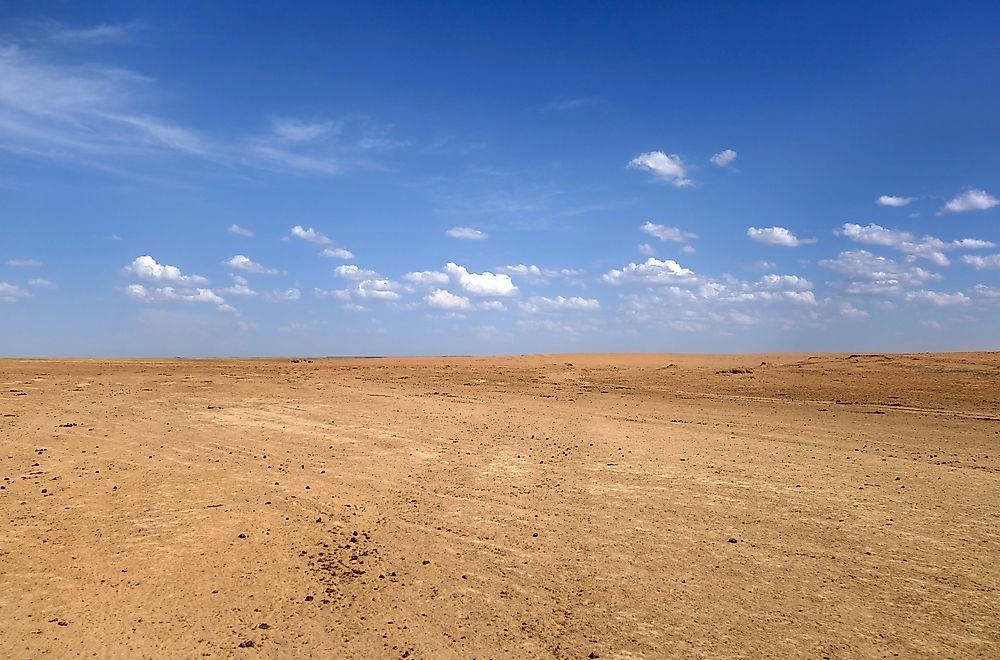What Is Overgrazing?

Overgrazing occurs when livestock are allowed to graze on pasture for extended periods. It is the practice of allowing cattle to graze on plants before they have recovered, which is also referred to as intensive grazing. Excessive grazing causes the plant's residual matter to become reduced, which contributes to various negative consequences for the land and animals. Overgrazing is caused by a large population of nomadic-grazers, like the migratory wildebeests from the African savannas or the American bison of the Great Plains. Overgrazing reduces biodiversity, productivity, and the usefulness of a plot of land. It is also one of the leading causes of soil erosion and desertification.
Causes of Overgrazing
Overstocking
Overstocking occurs when piece of land is stocked with more livestock than it can support for a grazing period. In many cases, farmers have too many cattle for their grazing area, which leads to repeated grazing without giving the plants adequate time for regrowth. Farmers who have overstocked do not allow their grazing land to replenish, and eventually intensive grazing will result in overgrazing.
Drought
Drought affects the survival and growth of vegetation. Extended periods of drought result in the drying out and stunted growth of plants. Water is essential for life, and when drought occurs, all forms of life that depend on the land will suffer. Animals will die of hunger, and eventually humans will be impacted as food sources become scarce.
Land Use
Land usage determines the soil fertility of an area. Therefore, certain types of land use, such as mining, land pollution, logging activities, and burn and slush farming techniques reduce the amount of land available for grazing. These activities destroy the underlying growth-support mechanism of plants. Improper land use is characterized by decreased plant humus and an increase in weeds or unpalatable plants.
Indicators of Overgrazing
One of the main signs of overgrazing is when livestock run short of food. In some parts of the US that experience continuous-grazing, pastures are dominated by numerous short-grass species, such as bluegrass, which are less than 3 in tall. In other countries, the grass in overgrazed land is more than 3.3 ft tall. Overgrazed land is dominated by various unpalatable grass species, like Imperata or Aristida, while palatable grass species are usually sparse or non-existent. Soil is visible in some overgrazed regions, which makes it possible for soil erosion to occur. However, in most cases, overgrazed land has more sward cover than sustainably-grazed pastures.
Under rotational grazing, overgrazed crops do not get enough time to recover and attain their proper height between grazing cycles. Livestock continue grazing before the crops have restored their carbohydrate reserves and regrown roots lost by defoliation. In the US, the tall grass species are replaced by short-growing plants that are subjected to drought injury. Overgrazing is also evident in the livestock's body condition and performance. A cow that has inadequate pasture after calf weaning has poor body conditions in the coming season. A cow with poor body condition experiences delayed breeding since it does not cycle immediately after giving birth. With controlled breeding, ideal season, proper nutrition and genetics, about 75% of calves are born within the first twenty-one days of the calving season.











